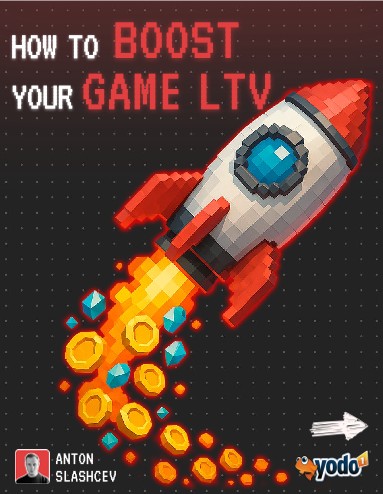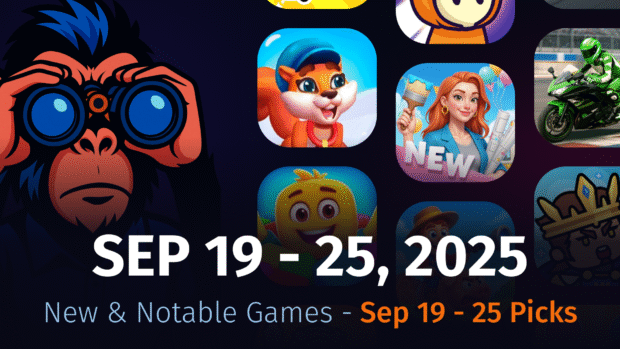
- arrow_back Home
- keyboard_arrow_right Highlights
Too Many Mobile Games: Oversupply Problem in 2025
HighlightsJournal 10 Gamigion September 28
The problem isn’t quality, it’s quantity.

AppMagic tracked over 1.3M mobile game launches globally in 2024 across iOS and Google Play.
Yet only ~2% break into the Top 500, where Discovery & Monetization actually happen.
Players today aren’t choosing between one or two new releases; they’re buried under an avalanche. And unlike the 1983 crash, this flood isn’t low-quality shovelware. Many of these games are excellent.
The real crisis? Even great games are invisible…
Harder Than Ever to Break Through
Mobile game developers feel this pressure most acutely.
In 2014, a decent UA campaign & strong App Store feature could push a mid-size studio to success.
Today:
- UA costs have skyrocketed. Global CPI averages jumped 30% YoY in 2024, with some genres hitting $3–5 per install in Tier-1 markets.
- Service games dominate attention. Roblox, PUBG Mobile, Free Fire, and Coin Master absorb billions of hours monthly. Why would players try your new game when their existing “forever games” offer endless live events and social hooks?
- Content FOMO is real. Even if you launch to strong reviews, players hesitate to commit when they know a flood of new titles arrives every week.
A Paradox of Plenty
More tools, lower barriers, and AI-assisted pipelines mean anyone can publish globally. That’s good for creativity but brutal for discoverability. For every Monopoly GO! (Scopely) or Eggy Party (NetEase) that breaks out, thousands of competent games sink unnoticed.
Case in point: in 2025 alone, over 120 titles scored 80+ on Metacritic, yet most generated negligible revenues. Dreamhaven’s Wildgate and Sunderfolk were warmly received but barely registered in sales charts. Mobile equivalents exist in every genre—well-made puzzle games, RPGs, and hybrid casuals with great retention, but crushed by UA ceilings and App Store algorithms.
What It Means for Developers and Publishers
- Good isn’t enough. Hitting 80+ on Metacritic or a 4.5 App Store rating doesn’t guarantee traction. You need standout UA, retention loops, and virality.
- LiveOps is king. Players stick where updates never stop. Without a strong LiveOps calendar, even polished games fade fast.
- Differentiation is survival. Genres like match-3, merge, and idle tycoon are saturated. If you can’t clearly explain your twist in three seconds of UA creative, you’re sunk.
- The market is riskier for big bets. Studios spending $100M+ per title face existential threats if they can’t secure massive scale. That’s partly why M&A remains hot—publishers need distribution and UA muscle as much as creativity.
No Easy Fix
There’s no going back to gatekeepers. Democratization has opened the doors too wide. But discovery remains broken. Platforms are experimenting (Netflix’s curated gaming push, TikTok’s distribution tests, Apple Arcade’s quality-first model), yet no one has cracked how to surface the hidden gems at scale.
For players, it’s the golden age of abundance, with more quality games than anyone can ever play. For developers, it’s survival of the most visible, not the fittest.
The equation is brutal:
Without capital, UA firepower, and LiveOps infrastructure, even the best game risks vanishing into the noise.







